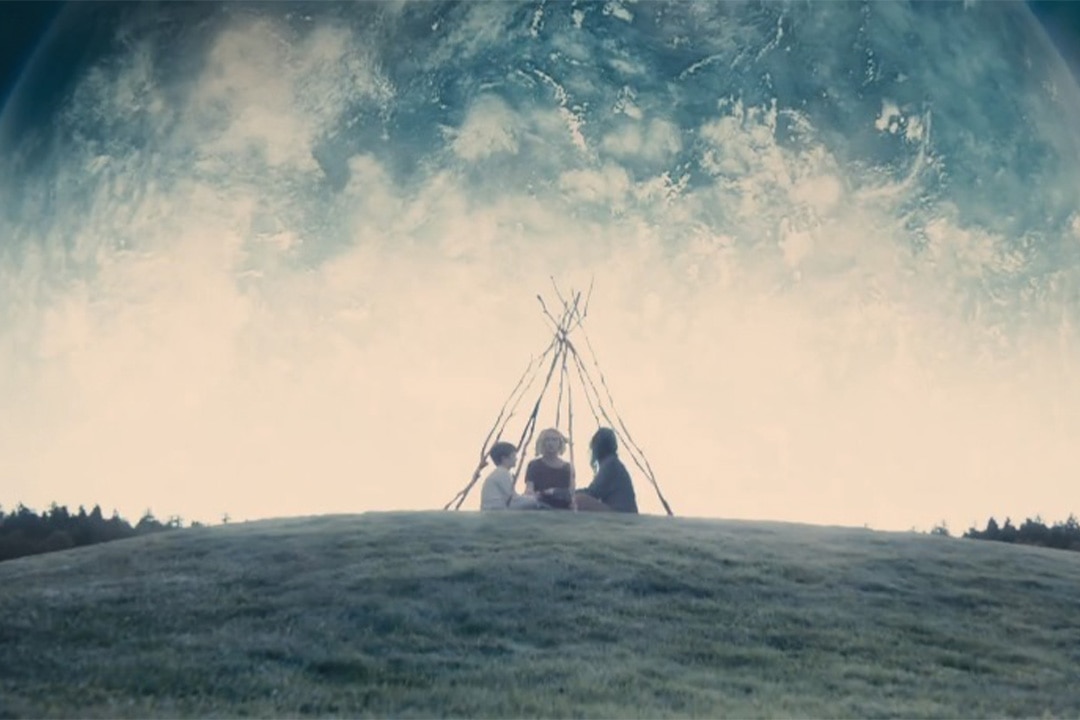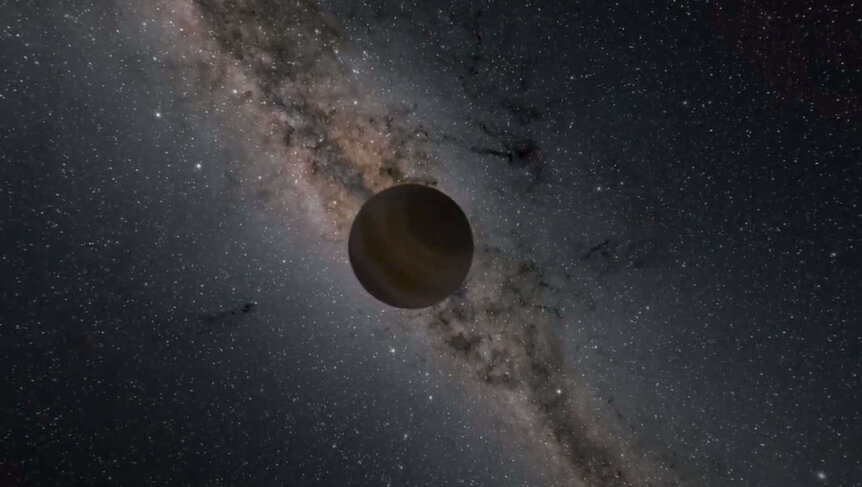Create a free profile to get unlimited access to exclusive videos, sweepstakes, and more!
There Might Be a Rogue Planet Hiding at the Edge of Our Solar System
The Sun might have picked up an interplanetary hitchhiker the size of Mars.

Lars von Trier’s Melancholia (streaming now on Peacock) is an intimate story about depression, set against the backdrop of the apocalypse. The feelings experienced by Justine (Kirsten Dunst) are mirrored in the sky, as the rogue planet Melancholia first passes by, and later smashes into, the Earth. A couple of decades ago, the idea of a rogue planet entering our solar system would have been the stuff of fantasy, but now we know it’s actually possible.
In a recent paper, published in The Astrophysical Journal Letters, astronomer Amir Siraj – best known for co-authoring a 2022 study with Avi Loeb which claims that the meteor CNEOS 2014-01-08 was actually an interstellar and potentially alien object – suggests that an alien planet from another star system might be hanging out at the edges of the solar system.
There Could Be Two or More Rogue Planets Beyond Pluto
Moving on from interstellar meteors, Siraj now has his sights on interstellar planets. This latest paper presents a mathematical argument outlining the probability that a rogue planet from another star was captured and exists in the outer solar system.
RELATED: Scientists Figured Out the Truth About Those Underwater "Alien" Spherules
It builds on a prior report from 2000 which identified the first known rogue planets, worlds which are untethered from any parent star and are freely floating through space. It’s believed that such planets can be ejected from their system of origin through intense gravitational interactions. If two stars pass close by one another, for instance, the gravitational dust up might bump a planet out of its orbit and send it careening off into deep space.
Considering how large space is, it might seem unlikely that a planet could be ejected and then recaptured. After all, any random ejection trajectory is unlikely to put a planet on a path toward another star. Then again, the size of the universe might work in its favor, in this regard. If you fire off planets at random enough times, some of them are bound to get picked up again. Siraj estimates there could be as many as 2.7 planets the mass of Mars orbiting at a distance of 1,400 AU (1,400 times the distance from the Earth to the Sun). The possible number is greater if the planets are smaller, and lower if they are larger. There’s some variability in the potential distances, too, with planets possible at distances between 600 and 3,500 AU.
RELATED: Dozens of rogue planets found in a nearby cosmic nursery
There is no empirical evidence that another planet exists beyond the orbit of Pluto, and Siraj offers only a statistical foundation for the possibility. Next steps should involve an attempt to locate and directly observe any such planets. That might be achieved with the Vera C. Rubin Observatory, currently being built in Chile, provided that the hypothetical captured planet is close enough, bright enough, and visible from the Southern Hemisphere.
Finding another planet at the fringes of the solar system, especially one which came from another star, would be a massive astronomical discovery if confirmed. Let’s just hope any rogue planets keep their distance from the Earth.
Watch the world end in a blaze of glory in Melancholia, streaming now on Peacock.



























